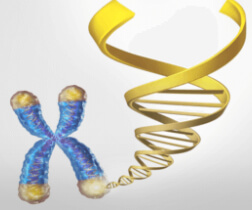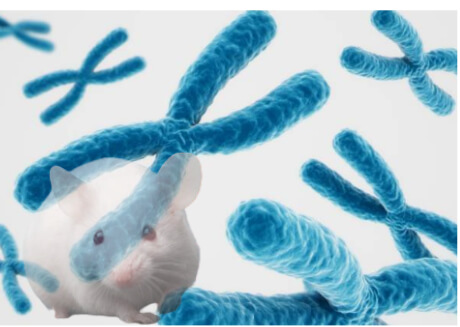In the early 1990’s it was discovered that the reason human cells become “old” and are unable to continue growing like they do when they are “young” was due to shortening of the ends of the DNA regions called the telomeres. As it was first discovered in other organisms and then in humans, the telomeres shorten every time the cell undergoes cell division. When a critical telomere length is reached, a signal was created that would then stop the cell from replicating, at this point the cell was referred as senescent.
However, many questions remained for example, what exactly was causing the signal that actually stopped the cells from replicating, what proteins were involved and could these signals be stopped or reversed. Since then many proteins involved with regulating telomere length have been discovered, most notably telomerase, which can directly extend the telomeres.
However, a remaining question from this early research was the observation that humans have 23 chromosome pairs (i.e. DNA) and each has a different telomere length. Could it be possible that a single chromosome shortening stop the cell from dividing or would it be a combine signal from a few or all chromosomes?
These questions were finally addressed by a research group from Australia and published in the journal of EMBO reports (EMBO reports, December 2011, pages 1-8).
The authors discovered that five telomeres that had reached critical length were required before the signals associated with senescence were triggered.
This research may seem trivial given the fact that methods of extending telomeres exist. But when one is reminded that historically research on aging was viewed as trivial because of its inevitability and now is an active area of research. This research may point to the importance of looking for specific telomerase activators that target the shortest of telomeres and delay the aging of our cells.









